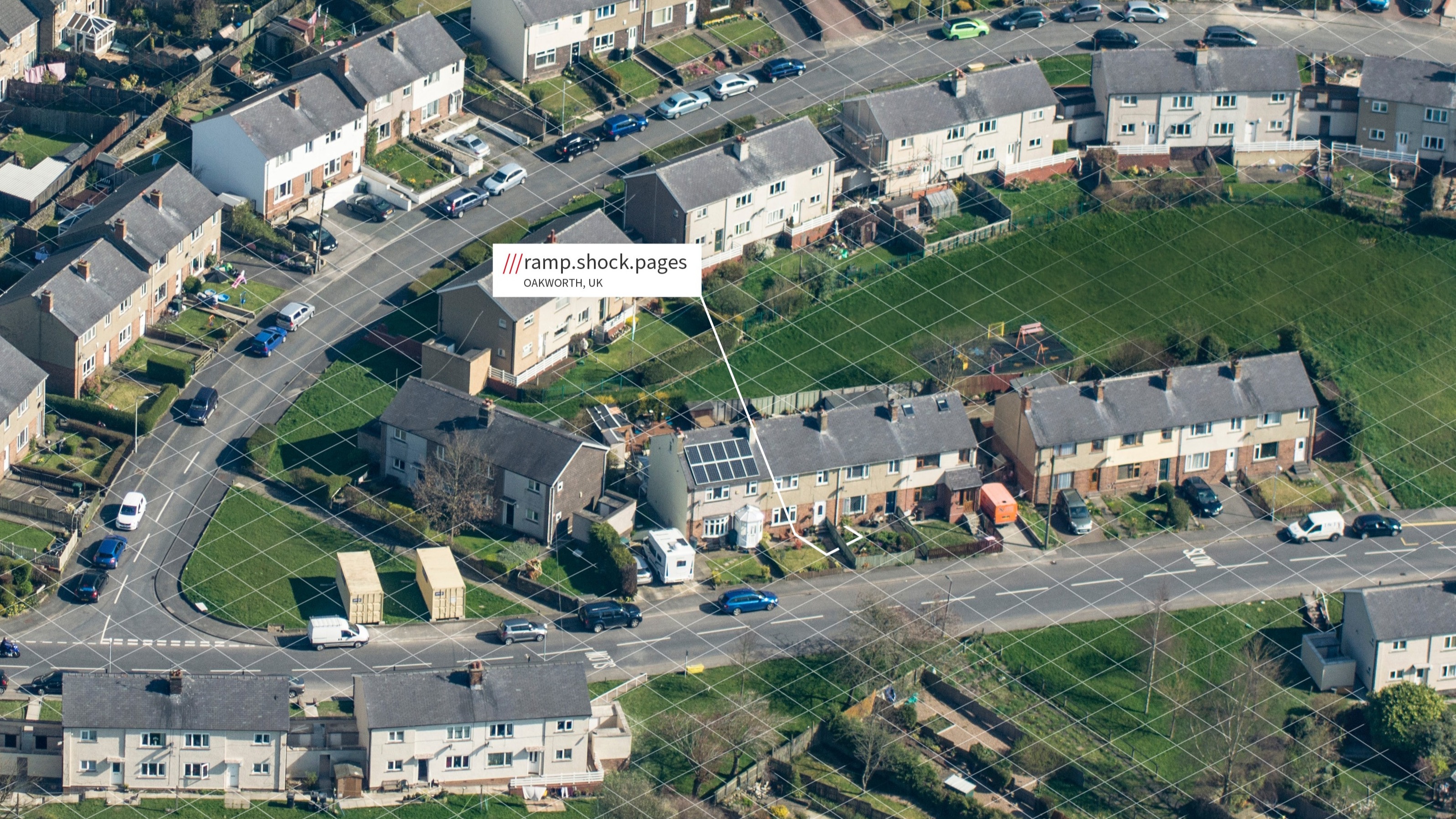what3words has announced a new partnership with privacy-first geolocation firm Woosmap.
Founded in 2009, Woosmap is an geolocation partner for a range of industries, including: retail, e-commerce, FinTech, insurance, transport, logistics, tourism and hospitality.
what3words is a global location technology provider that has divided the globe into a grid of 3m x 3m squares. Each square is given one a unique combination of three words which make up a what3words address.
The companies say that they are combining their products to boost customer experience when consumers are looking for a precise location or address.
They added that the partnership means that online retailers, or businesses who collect addresses from their customers, can offer a way to specify their exact location alongside a traditional postal address.
“Woosmap and what3words have brought two market-leading products together to offer a unique and cutting edge solution to customers when it comes to address validation,” said co-founder and chief executive of what3words, Chris Sheldrick. “It’s really exciting to be working with Woosmap to innovate in this space.”
Earlier this year, what3words rolled out its global location technology for DHL Parcel's retail partners in the UK.
Both SMEs and large e-commerce companies are now be able to add what3words at checkout so that shoppers can specify where they want their parcel deliveries to go.
The what3words address is then passed onto DHL Parcel UK so that its couriers can find and navigate to delivery destinations.
The move came after DHL Parcel UK announced it had introduced the what3words location technology to its UK Parcel App.
Latest News
-
FDA announces aggressive timeline for AI deployment across agency
-
Klarna CEO prioritises hiring over AI
-
NCSC CTO says quantum security transformation ‘makes fixing the Millenium Bug look easy’
-
Bain Capital data centre business sale ‘valued at over $4bn’
-
Amazon automates tech in European delivery stations
-
Co-op 'diverts goods' to remote stores following cyber-attack to avoid shortages
Bringing Teams to the table – Adding value by integrating Microsoft Teams with business applications
A decade ago, the idea of digital collaboration started and ended with sending documents over email. Some organisations would have portals for sharing content or simplistic IM apps, but the ways that we communicated online were still largely primitive.
Automating CX: How are businesses using AI to meet customer expectations?
Virtual agents are set to supplant the traditional chatbot and their use cases are evolving at pace, with many organisations deploying new AI technologies to meet rising customer demand for self-service and real-time interactions.
© 2019 Perspective Publishing Privacy & Cookies











Recent Stories